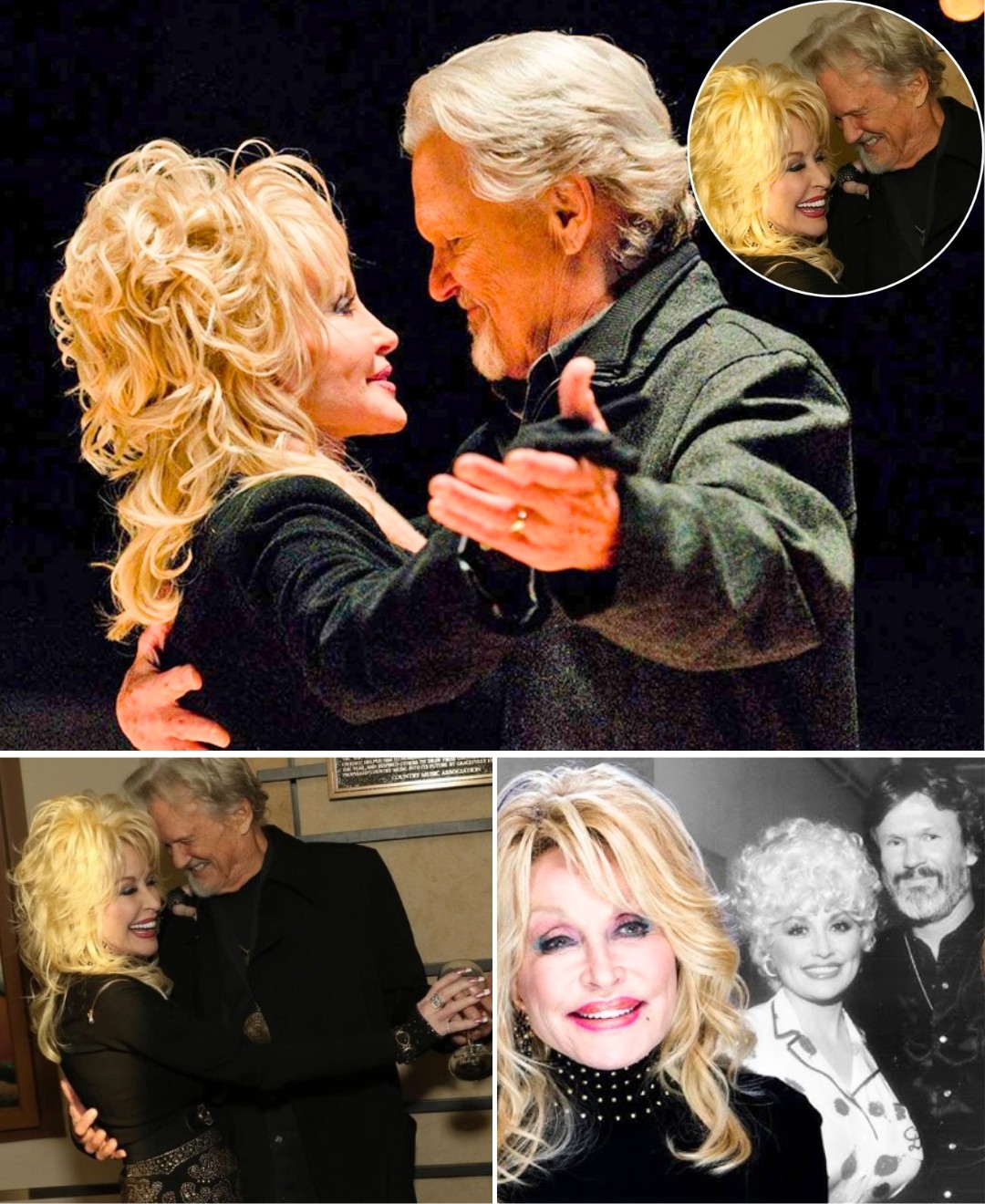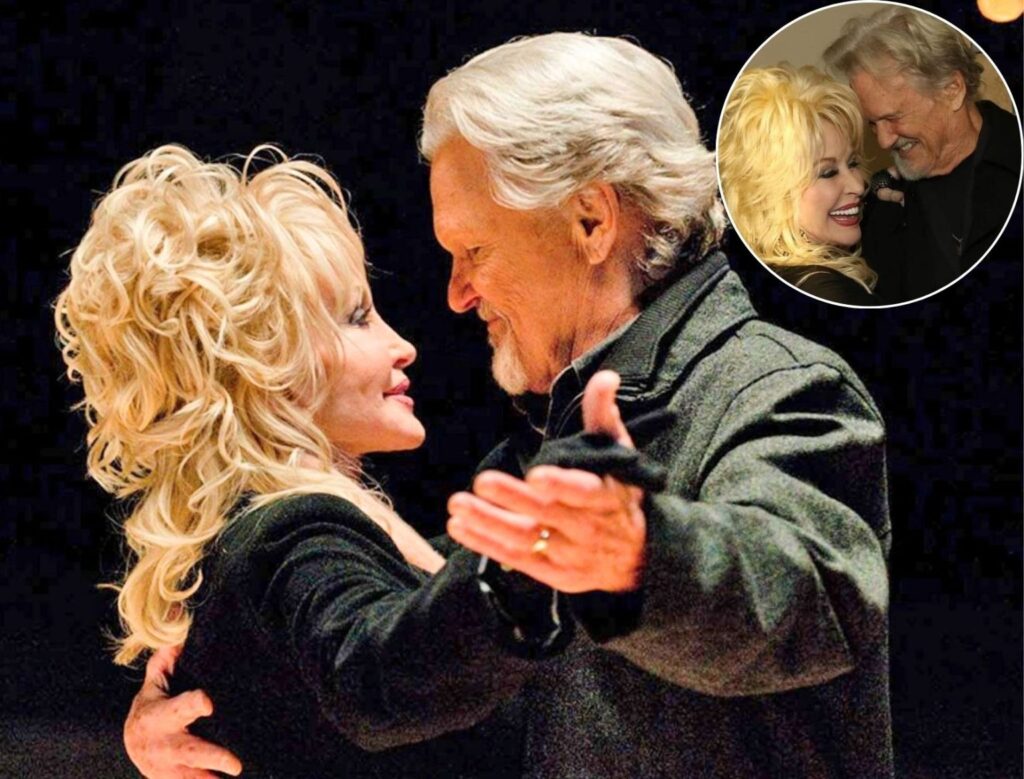In the hushed, hallowed expanse of Notre-Dame Basilica in Montreal, where stained-glass windows wept kaleidoscopic light onto ancient stone, a profound silence settled. November 10, 2024 – the air was thick with a grief that transcended borders, a collective ache for the departed Leonard Cohen. His unadorned pine coffin, a stark testament to his final wishes, lay before the altar, surrounded by a constellation of musical giants, poets, and philosophers. Yet, all eyes were fixed on the figure who now approached the podium: Joni Mitchell, her silver hair a halo in the dim light, her face etched with a sorrow as deep and intricate as her own melodies.
Joni’s voice, when it came, was a fragile whisper, barely audible above the collective intake of breath. “He gave us songs,” she began, her eyes shimmering with unshed tears, “and took nothing but our hearts.” Her voice cracked, a raw, exposed nerve. “Leonard… he was a cartographer of the soul. He charted the cracks where the light gets in, the sacred and the profane, the beauty in the brokenness.” She spoke of their shared Canadian roots, the early days in Laurel Canyon, the intellectual sparring, the quiet understanding that passed between two artists who saw the world in a language only they truly spoke.

“He carried the world’s pain,” Joni continued, her voice gaining a fragile strength, “but he also carried its grace. He taught me that even in the deepest shadows, there is a melody waiting to be found.” She recounted a forgotten evening in a smoky Parisian café, where Cohen, with a mischievous glint in his eye, had once recited a poem he claimed was “for the very end.” “He made me promise,” she revealed, her gaze sweeping across the stunned faces in the basilica, “that if I were ever to stand here, in this moment, I would read it. He said it was his ‘final chord.'”
With trembling hands, Joni produced a single, aged parchment from within her simple black dress. The paper was delicate, the ink faded, but the words, when she began to read them, resonated with an unsettling power:
“Hear me now, from the quiet hum,
Where silence blooms, and shadows come.
The song you seek, the truth you crave,
Is not in words, but in the wave
Of sorrow shared, a whispered plea,
A fractured light, for you and me.
Look to the altar, when the last note dies,
And find the truth behind the lies.
For I am gone, but never truly fled…
My final verse, among the living dead.”
A collective shiver ran through the basilica. The final line hung in the air, chilling and cryptic. As Joni finished, her voice barely a breath, she looked towards the altar, as the poem instructed. The grand, ornate altar, usually bathed in a soft, constant glow, began to subtly shift. The light didn’t dim; it deepened, becoming a richer, more profound indigo, then a vibrant, pulsating violet, as if the very air was absorbing the collective grief and transforming it into something else.
Then, from the depths of the basilica, not from speakers, but seemingly from the very stones themselves, a sound began. It was not music, not at first. It was a low, resonant hum, a vibration that resonated in the chest, then a chorus of faint, ethereal whispers, like a thousand voices singing in unison, though no one was singing. The whispers grew, weaving together, forming an intricate, wordless melody that was undeniably Cohen’s—a melody no one had ever heard before, yet instantly recognizable.
And then, the twist. As the ethereal music swelled, the light on the altar intensified, coalescing into a shimmering, almost translucent form. It wasn’t a ghost, or an apparition, but a perfect, crystalline projection of Cohen himself, seated on a simple chair, his eyes closed, his iconic fedora tilted. He appeared to be playing an invisible guitar, his fingers moving with a delicate precision, the spectral music flowing from his silent form.
This wasn’t a pre-recorded video. It was a holographic projection, so advanced, so impossibly lifelike, that it seemed to draw its energy from the very emotions in the room. Cohen, ever the master illusionist, had orchestrated his final farewell as his greatest, most profound artistic statement. The “final chord” wasn’t a song; it was a living, breathing art installation, a testament to his belief that art could transcend death, that a shared emotional resonance could conjure presence from absence. The “living dead” weren’t just the memories of him, but the very essence of his artistry, brought to life one last time by the collective love and grief of those who mourned him.
The basilica remained silent, save for the spectral music and the soft, collective sobs. Leonard Cohen had not just been buried; he had performed his ultimate disappearing act, leaving behind not just songs, but an experience that would forever blur the lines between life and art, presence and memory. He had truly taken nothing but their hearts, and in return, given them a final, unforgettable miracle.
Beta feature


